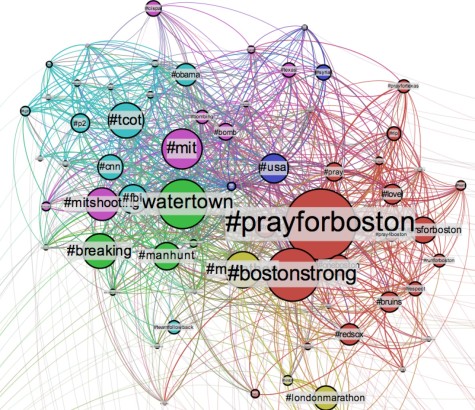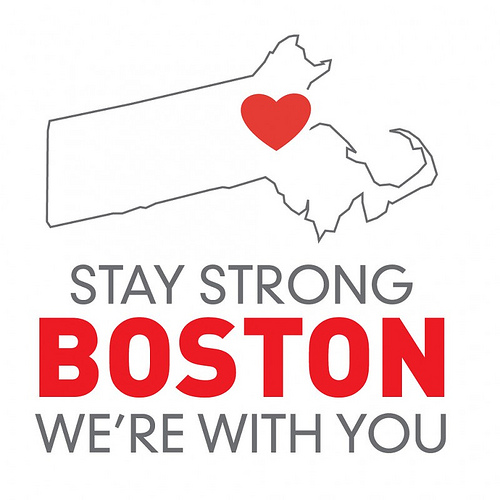When people see information on Twitter, even if they are on the platform every 20 minutes, there is a high chance is something is shared and it is incorrect, people will not see the corrected information. People want to be the first to share information, however if that information is unverified, they are just sharing the problem. While some people do take the time to post a retraction through social media, or a new post that reaches out to people with the truth, that is few and far between.
Ethically, that can be a major problem for people who are out and sharing the information and for the people consuming it. When it was the Boston Bombing, people were hurt by the misinformation. There were a lot of people who were hurt and upset and by sharing information out that is incorrect, it just grew the cycle. Here is an article that speaks about all of the different kinds of misinformation and how it is spread not only during the Boston Bombings, but during the Sandy Hook shootings as well. Below is a map of the most used hashtags during the Boston Bombing time period. These led to people connecting and finding information out, however, it also led to people connecting and trying to find the truth from the misinformation.
 When it comes to ethics, there is always a chance that companies will capitalize on a tragedy with targeted marketing. However, when it happens, people traditionally get highly offended and call companies out on it. There are times when people commend companies for being quick to capitalize on an event, such as when Oreo quickly got an image out during the Superbowl power outage. It was considered brilliant by many! However, at the same time, when Ford thanked the Boston Bombers emergency responders, on Twitter it was quickly deemed self serving.
When it comes to ethics, there is always a chance that companies will capitalize on a tragedy with targeted marketing. However, when it happens, people traditionally get highly offended and call companies out on it. There are times when people commend companies for being quick to capitalize on an event, such as when Oreo quickly got an image out during the Superbowl power outage. It was considered brilliant by many! However, at the same time, when Ford thanked the Boston Bombers emergency responders, on Twitter it was quickly deemed self serving.
Looking at that link, I do think that it was a self serving image. While I think that what Ford was trying to do was done with the best intentions, there was a certain lack of thinking things through correctly. Ethically, showing their own cars during a tragedy, probably was not the best idea, however, thanking the responders for doing a great job, was a great idea. At the same time, execution is everything and when things are done, they can’t be undone, social media posts included.

Thanks Amanda. I think you meant, “when Ford thanked the Boston Bombings emergency crews”! You are so right about it being hard to undo content once it is out there, being shared and talked about. I think any company wanting to communicate off the back of a tragedy like this has to think very carefully.
Yea, whoops! That is a big mistake. You are correct and that is what I was referencing. I do agree that companies have to be very careful about what they send out since it is very hard to undo not only incorrect posts, reputation damage. Thanks for commenting!
I am building information systems, the quality of the information is a key issue. I am interested in defining what is a hard truth rather than an opinion.
Hi Alex,
It makes sense! It is really hard sometimes to disseminate what is truth and what is an opinion. Quality of information is always, in my opinion, more important than the quantity or how quickly I find out. Thanks for commenting!